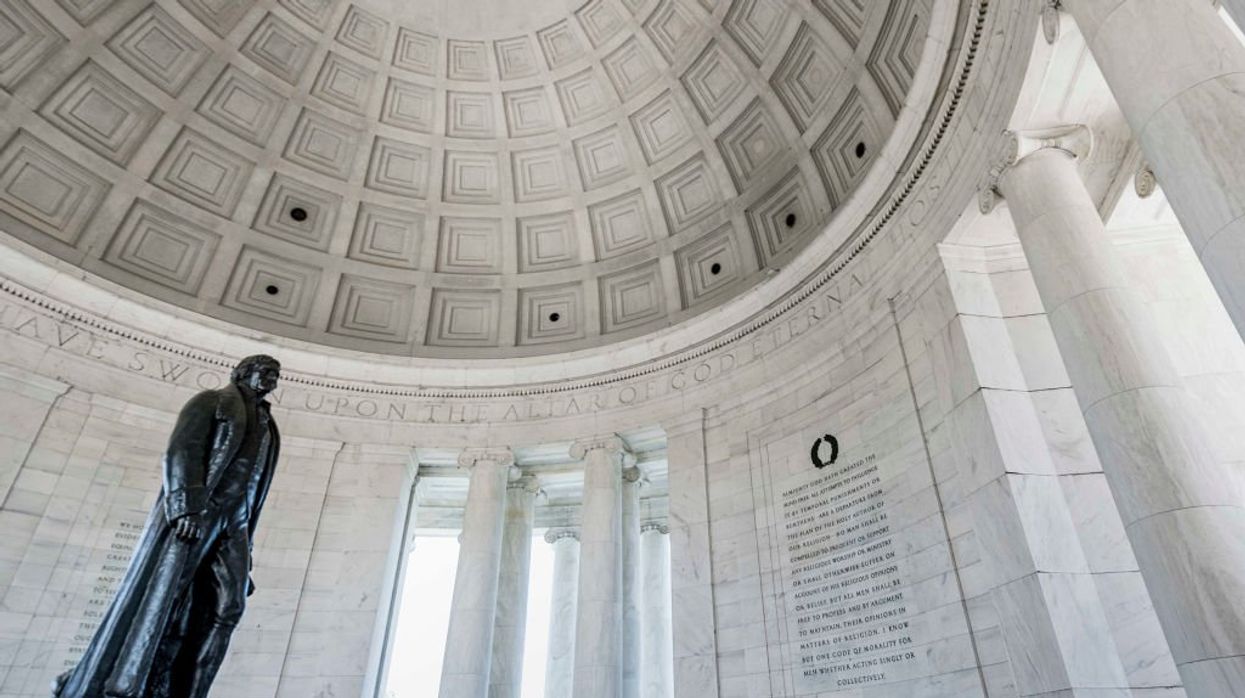When politicians claim that rights flow from the state, they pave the way for tyranny.
Sen. Tim Kaine (D-Va.) recently delivered a lecture that should alarm every American. During a Senate Foreign Relations Committee hearing, he argued that believing rights come from a Creator rather than government is the same belief held by Iran’s theocratic regime.
Kaine claimed that the principles underpinning Iran’s dictatorship — the same regime that persecutes Sunnis, Jews, Christians, and other minorities — are also the principles enshrined in our Declaration of Independence.
In America, rights belong to the individual. In Iran, rights serve the state.
That claim exposes either a profound misunderstanding or a reckless indifference to America’s founding. Rights do not come from government. They never did. They come from the Creator, as the Declaration of Independence proclaims without qualification. Jefferson didn’t hedge. Rights are unalienable — built into every human being.
This foundation stands worlds apart from Iran. Its leaders invoke God but grant rights only through clerical interpretation. Freedom of speech, property, religion, and even life itself depend on obedience to the ruling clerics. Step outside their dictates, and those so-called rights vanish.
This is not a trivial difference. It is the essence of liberty versus tyranny. In America, rights belong to the individual. The government’s role is to secure them, not define them. In Iran, rights serve the state. They empower rulers, not the people.
From Muhammad to Marx
The same confusion applies to Marxist regimes. The Soviet Union’s constitutions promised citizens rights — work, health care, education, freedom of speech — but always with fine print. If you spoke out against the party, those rights evaporated. If you practiced religion openly, you were charged with treason. Property and voting were allowed as long as they were filtered and controlled by the state — and could be revoked at any moment. Rights were conditional, granted through obedience.
Kaine seems to be advocating a similar approach — whether consciously or not. By claiming that natural rights are somehow comparable to sharia law, he ignores the critical distinction between inherent rights and conditional privileges. He dismisses the very principle that made America a beacon of freedom.
Jefferson and the founders understood this clearly. “We are endowed by our Creator with certain unalienable rights,” they wrote. No government, no cleric, no king can revoke them. They exist by virtue of humanity itself. The government exists to protect them, not ration them.
This is not a theological quibble. It is the entire basis of our government. Confuse the source of rights, and tyranny hides behind piety or ideology. The people are disempowered. Clerics, bureaucrats, or politicians become arbiters of what rights citizens may enjoy.

Gifts from God, not the state
Kaine’s statement reflects either a profound ignorance of this principle or an ideological bias that favors state power over individual liberty. Either way, Americans must recognize the danger. Understanding the origin of rights is not academic — it is the difference between freedom and submission, between the American experiment and theocratic or totalitarian rule.
Rights are not gifts from the state. They are gifts from God, secured by reason, protected by law, and defended by the people. Every American must understand this. Because when rights come from government instead of the Creator, freedom disappears.

This article originally appeared on TheBlaze.com.

 JIM WATSON / Contributor | Getty Images
JIM WATSON / Contributor | Getty Images Joe Raedle / Staff | Getty Images
Joe Raedle / Staff | Getty Images AASHISH KIPHAYET / Contributor | Getty Images
AASHISH KIPHAYET / Contributor | Getty Images Harold M. Lambert / Contributor | Getty Images
Harold M. Lambert / Contributor | Getty Images